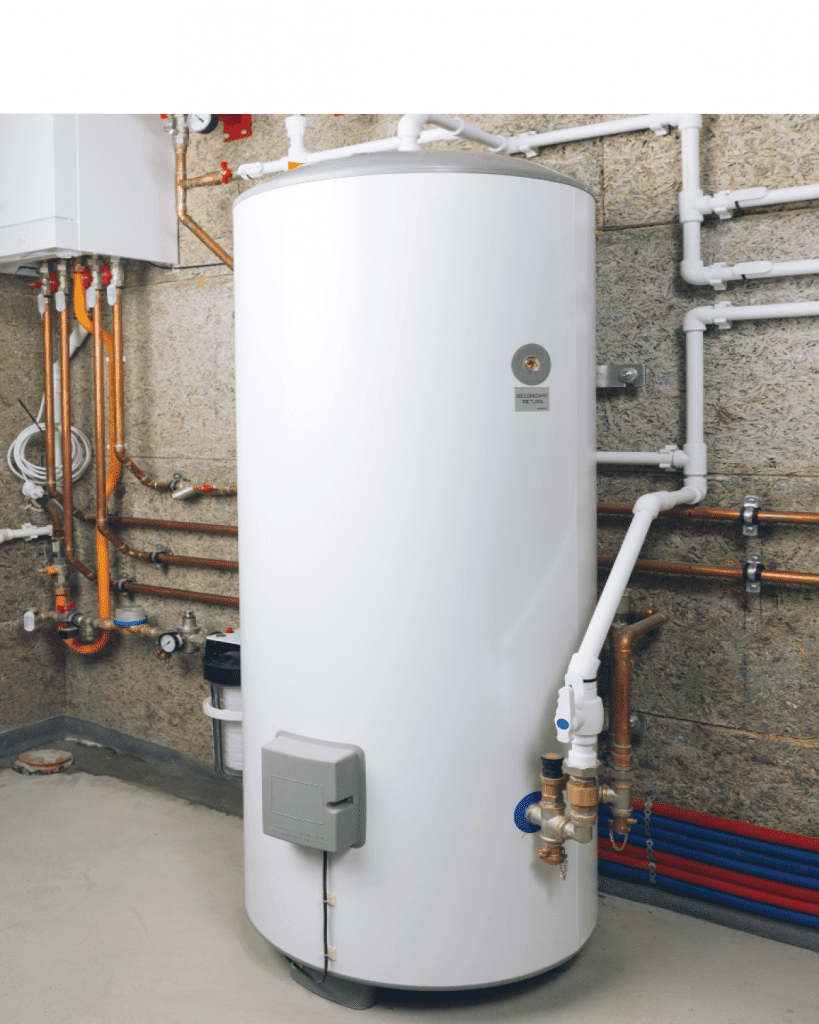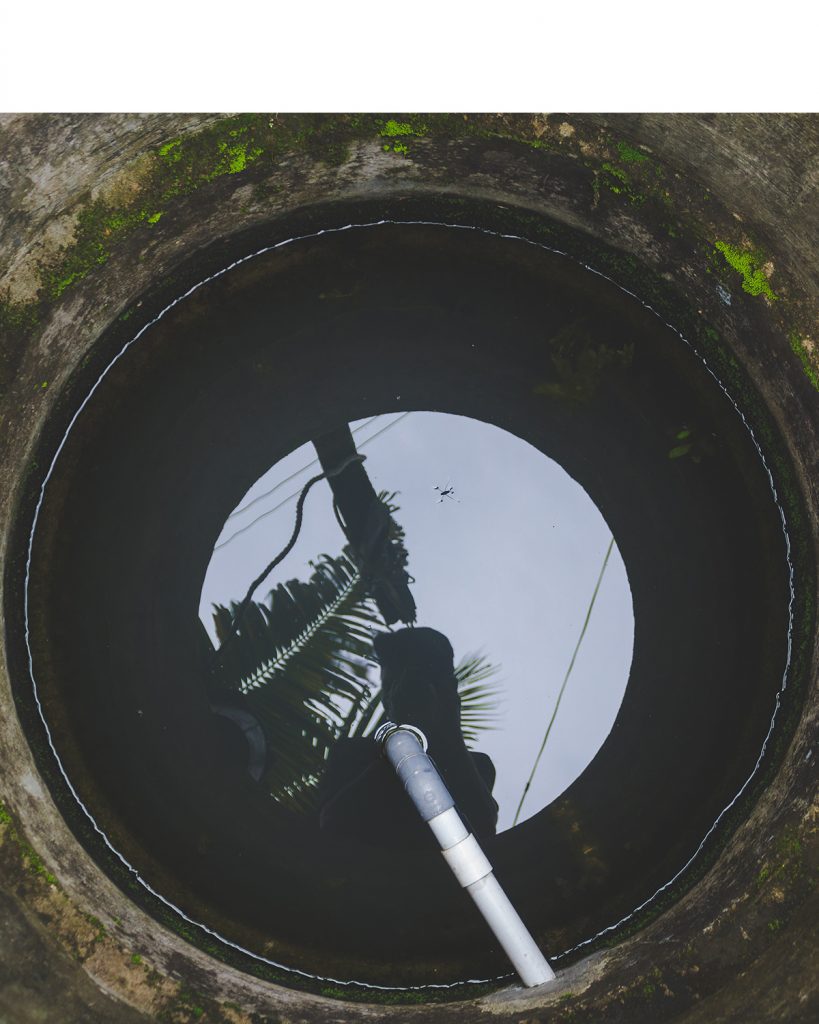Menu
Menu

The highly unpleasant rotten-egg, sewage, or sulfur smell/taste is most commonly caused by the presence of hydrogen sulfide in well water. When organic materials containing sulfates are dissolved into a gas by sulfate-reducing bacteria, the result is rotten egg taste and odor. Hydrogen sulfide gas, though not usually a health risk at household water levels, is still a nuisance that can leave the unpleasant odor in one’s hair, skin, and clothes, and alter the taste of coffee, tea, and cooked foods.
Determining the source is the first step in treating for taste and odor problems in your water supply. For health-related issues, your water should be tested for total coliform and e-Coli. See our services for more information on our in-home testing service or contact us to schedule a test right away.

Present in Hot Water Only
Sulfur bacteria may be present in your water heater. Chlorinating your heater can help but in some instances the heater’s anode rod is turning sulfates to hydrogen sulfide gas and must be replaced.
Present in Hot and Cold Water
Sulfur bacteria may be present in your well. Shocking your well with chlorine or hydrogen peroxide can be effective to clear the entire house but only as a temporary remedy if bacteria is present in the groundwater.

Though not the most practical solution, shocking your well with chlorine bleach or hydrogen peroxide can be effective. However, this will only be a 1-2 month temporary remedy as sulfur bacteria in the ground water will grows back.
Iron bacteria in water may also cause a sulfur-like taste/odor. This is why we like recommending a Water Softener system as your first treatment method to removing tastes and odors for your common house water usage.
Clean Stream Water’s uniquely designed Centaur Carbon systems have consistently proven to be our most effective treatment for rotten egg taste/odor in homes, commercial, and agricultural applications for over 30 years. See below for more information.
Clean Stream Water’s uniquely designed distillers and RO systems consistently removed 99% or more contaminants proving them to be the ideal treatment for rotten egg taste/odor reduction for over 30 years.
Centaur Carbon System
For Whole House Water Treatment
As sulfur water flows into the tank, controlled via the electronic top valve, it comes into contact with an air pocket that allows for aerated oxidation in order to improve the filtration process.
As it moves through the tank, Catalytic carbon, a highly absorbing media, extracts tastes, odors, and potential harmful chemicals from the water, exchanging it for fresh, odorless, and tasteless water to your faucets.
At a programmed time, air is injected through the injector to clean/regenerate the Catalytic carbon, refill the air pocket, and, through the use of water, backwash the sulfur into the drain completing its cycle.
The control valve lets fresh water into the mineral tank to flush the brine carrying the magnesium and calcium minerals out the drain. The resin beads are regenerated and ready to be used again.
The electronic control valve at the top of the tank(s) “keeps track” of the gallons that it treats and uses. When it reaches a programmed number, it will automatically put itself through a regeneration process.
Our systems are fully automatic, requiring no maintenance, producing continuous fresh water for up to 20 years.
Reverse Osmosis System
For Drinking Water Treatment
Water enters an inline pre-filter which is aimed to reduce sediment particles and/or chlorine.
Water is then forced through the RO’s semipermeable membrane, separating nitrates, lead, and other dissolved solids to a sub micron level. Impurities that stay behind and are flushed out to the drain as fresh water exits the RO membrane.
Water is then processed through a post-carbon filter, designed to improve taste and odor.
Because RO systems slowly produce pure water at 24 gal/day, a 4 gal. water storage tank is installed for on demand use.
If well water is the main supply, then a UV light is recommended to be installed for disinfection before water is dispensed out to a dedicated faucet and/or routed to a refrigerator/icemaker.
Maintenance requires changing the filters and UV bulb every year and every 5 years for the RO membrane.
Automatic Distiller
For Drinking Water Treatment
Water, generally pre-softened, enters the boiling tank.
The heating element boils the contaminated water into steam, leaving impurities behind to be washed down the drain in concentrate form.
As steam rises, it goes through a condensing coil separating water from all its impurities. Lighter gases within the water are vented out.
Steam in the condensing coil is cooled by a fan, converting steam to pure vapor-distilled water.
Water is stored in a lower stainless steel compartment that can hold up to 5 gallons ready for on demand dispensing channeled to a faucet and/or icemaker. (storage capacity can be increased)
Maintenance requires turning on the sterilizer setting to allow steam to disinfect the storage tank periodically.
Input your search keywords and press Enter.